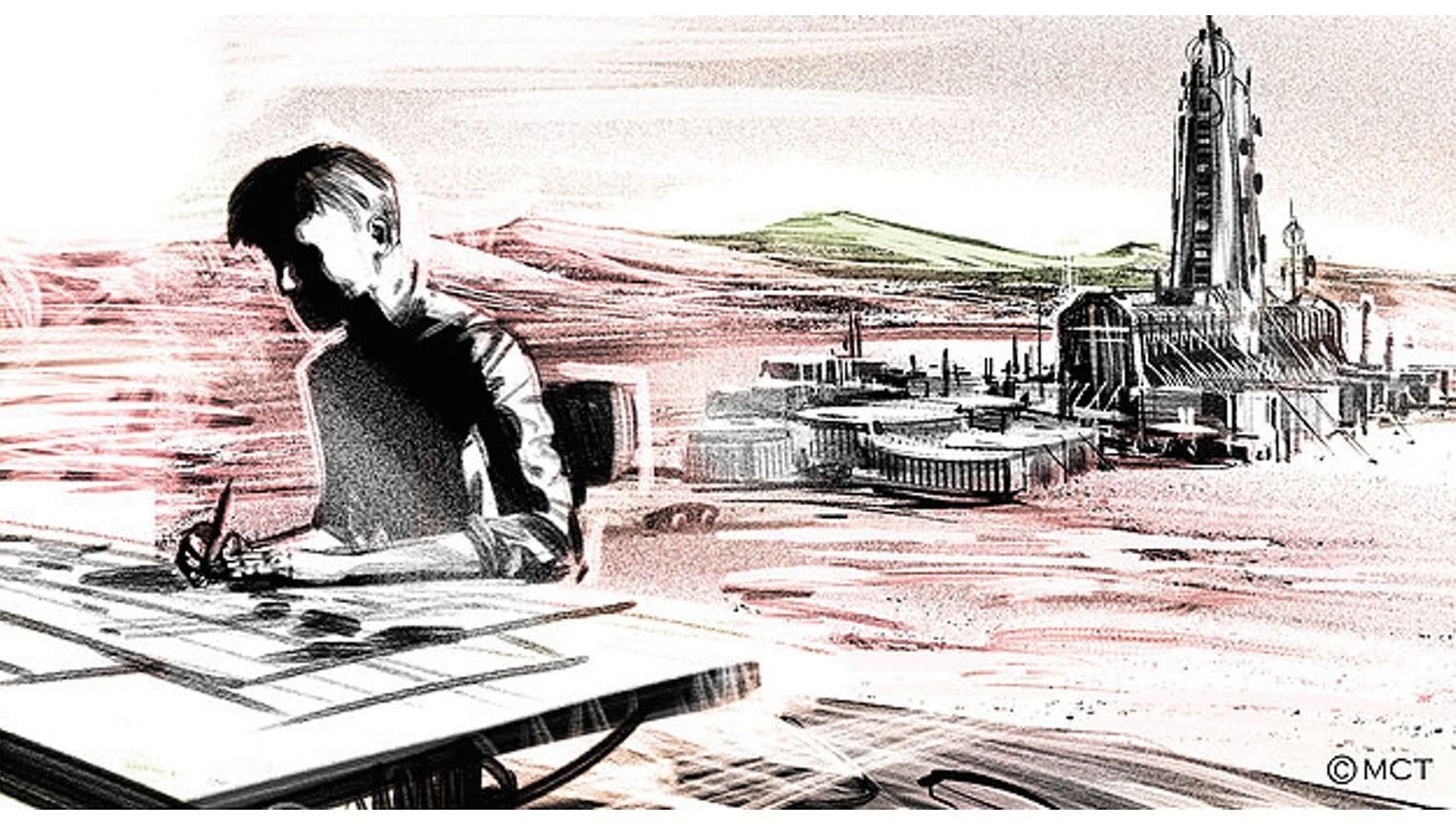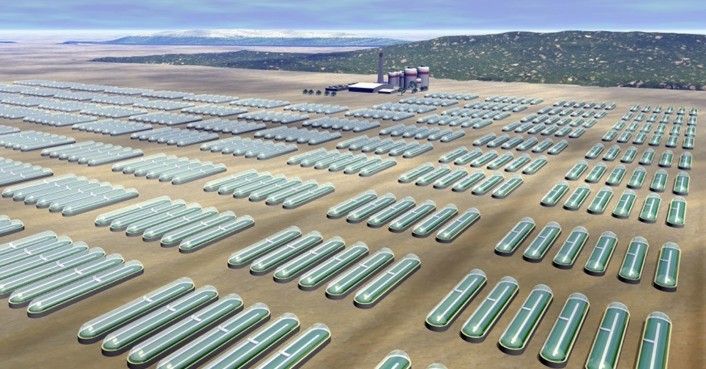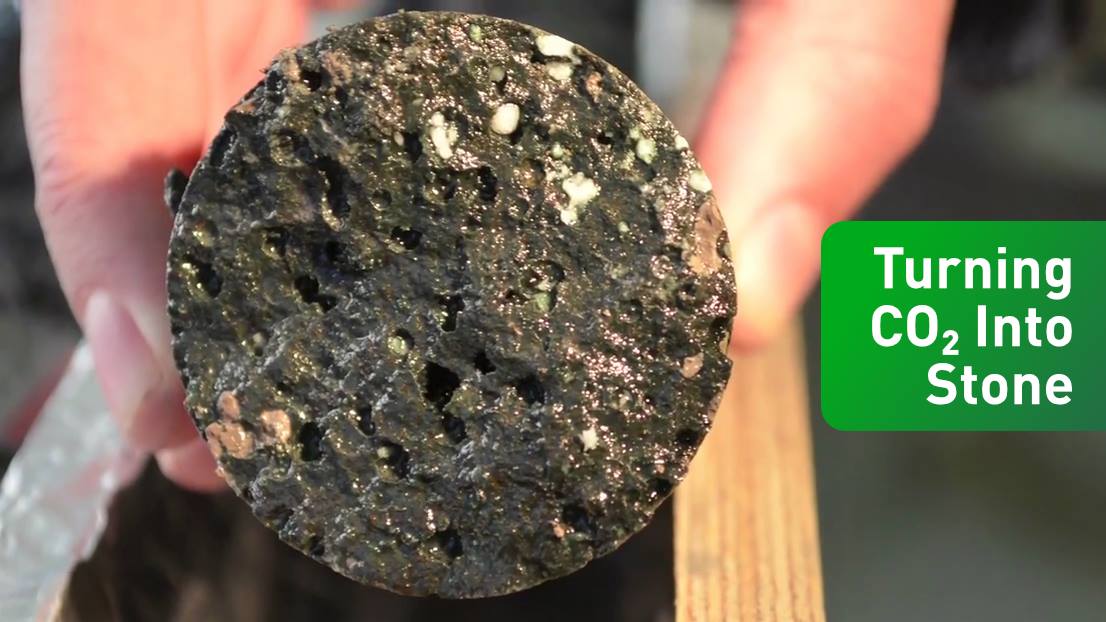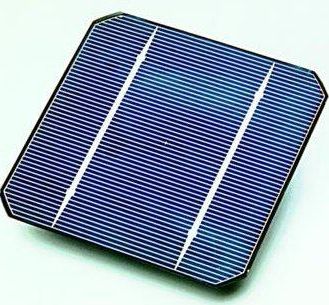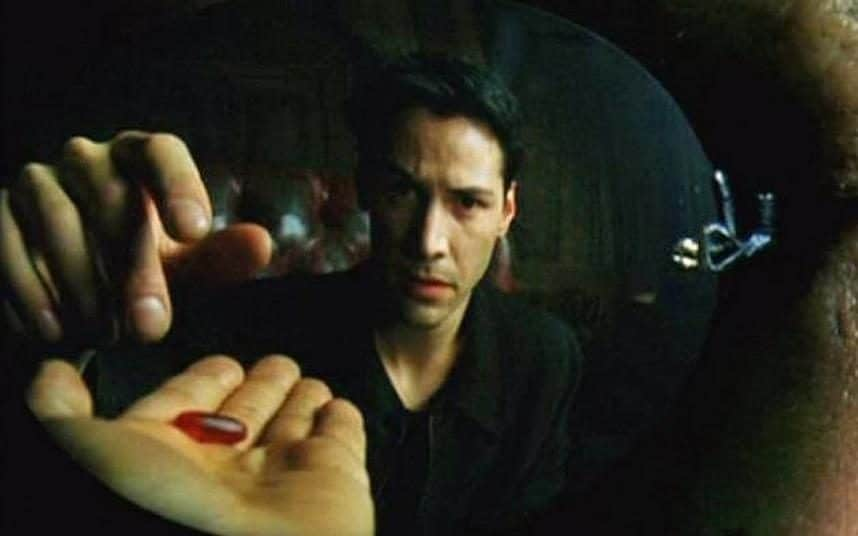Archive for the ‘sustainability’ category: Page 597
Jun 17, 2016
Startup creates renewable hydrogen energy out of sunlight and water
Posted by Andreas Matt in categories: energy, sustainability
California startup HyperSolar and University of Iowa researchers have teamed up to make renewable energy in a way that draws inspiration from plants. Using water and sunlight, they are able to make renewable hydrogen energy. At the end of May, HyperSolar announced a “breakthrough” in efficiency, and the University of Iowa just renewed a year-long research agreement with the startup.
Jun 15, 2016
Turning CO2 Into Stone
Posted by Magaly Santiago in categories: climatology, sustainability
Jun 15, 2016
New Energy-Carrying Particles Help Advance Solar-Cell Development
Posted by Karen Hurst in categories: particle physics, solar power, sustainability
Nice.
Scientists have designed new energy-carrying particles that improve the way electrons are transported and could be used to develop new types of solar cells and miniaturized optical circuitry.
The work of researchers at the University of California (UC) San Diego, MIT, and Harvard University has synthetically engineered particles called “topological plexcitons,” which can enhance a process known as exciton energy transfer, or EET.
Continue reading “New Energy-Carrying Particles Help Advance Solar-Cell Development” »
Jun 12, 2016
Nick Bostrom: ‘We are like small children playing with a bomb’
Posted by Karen Hurst in categories: climatology, cybercrime/malcode, engineering, robotics/AI, sustainability
Some truth to this if the engineering team and designers are not reflective of the broader world population. Good example, is the super race research of the Nazis and attempts to make it happen. Today, AI in the hands of a N. Korea for example could be bad for the world. However, the larger threat that I see with AI is still the hacking of AI, and stolen AI by criminals to use against society.
Sentient machines are a greater threat to human existence than climate change, according to the Oxford philosopher Nick Bostrom.
Jun 11, 2016
BAM launches robo printer
Posted by Karen Hurst in categories: 3D printing, robotics/AI, sustainability
BAM has teamed up with Universe Architecture to launch a ‘robo printer’ that can create free-form buildings in stone and concrete.
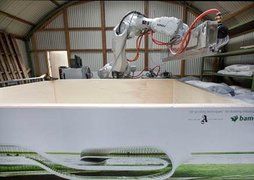
The ‘building machine’ is described as the first to link free-form print technology to automotive industry robotics. It is designed to make free-form architecture possible, as well as enable the creation of complex ornamental exteriors.
Jun 10, 2016
Researchers: 3D Printing Offers Great Benefits for Water Treatment Industry, But Progress is Slow Thus Far
Posted by Karen Hurst in categories: 3D printing, sustainability
Interesting; however, I will be interested still how QC and 3D printing can converge and possibly address challenges such as this one, mass production of synthetic diamonds, cell circuitry, etc.
https://3dprint.com/137952/3d-printing-water-treatment-industry/
You might be surprised at how often 3D printing and water intermingle. After all though—as you’ll well remember if you try to go without it for a few hours—water is our life force. And as innovative 3D technology is used at the hands of researchers and innovators around the world to make positive transformations in nearly every industry, surely water should be included.
Jun 9, 2016
We are ‘almost definitely’ living in a Matrix-style simulation, claims Elon Musk
Posted by Shailesh Prasad in categories: computing, Elon Musk, robotics/AI, sustainability, transportation
Elon Musk, the billionaire entrepreneur and founder of Space X, Tesla and Paypal, has told an interviewer there is only a “one in billions” chance that we’re not living in a computer simulation.
Speaking at San Francisco’s Code Conference this week, Musk said that he has had “so many simulation discussions it’s crazy”, and that it got to the point where “every conversation [he had] was the AI/simulation conversation”.
He also claimed that, if we’re not living in a simulation, we could be approaching the end of the world.
Jun 9, 2016
Tungsten trioxide nanostructures for solar energy conversion
Posted by Karen Hurst in categories: nanotechnology, solar power, sustainability
Low-cost, low-dimensional nanoarchitectures provide optimal structures for charge collection in large-scale solar energy harvesting and conversion applications.

Photoelectrochemical water splitting, where irradiation of a photoelectrode in water produces hydrogen and oxygen, can be used for solar energy harvesting and conversion.1 The process potentially offers a clean, sustainable, and large-scale energy resource. Photoanodes used in the photoelectrochemical process are generally made from Earth-abundant oxide semiconductors, such as titanium dioxide, tungsten trioxide, and iron (III) oxide.2 Among these metal oxide semiconductors, tungsten trioxide is regarded as one of the best candidates because of its visible light-driven photocatalytic activity, its good charge transport properties, and its relative stability in aqueous electrolytes. However, the light absorption and charge collection efficiency of tungsten trioxide—especially within a bulk structure—still needs to be improved to realize practical photoelectrochemical applications.
Continue reading “Tungsten trioxide nanostructures for solar energy conversion” »
Jun 9, 2016
Scientists design energy-carrying particles called ‘topological plexcitons’
Posted by Karen Hurst in categories: particle physics, solar power, sustainability
Scientists at UC San Diego, MIT and Harvard University have engineered “topological plexcitons,” energy-carrying particles that could help make possible the design of new kinds of solar cells and miniaturized optical circuitry.
The researchers report their advance in an article published in the current issue of Nature Communications.
Within the Lilliputian world of solid state physics, light and matter interact in strange ways, exchanging energy back and forth between them.
